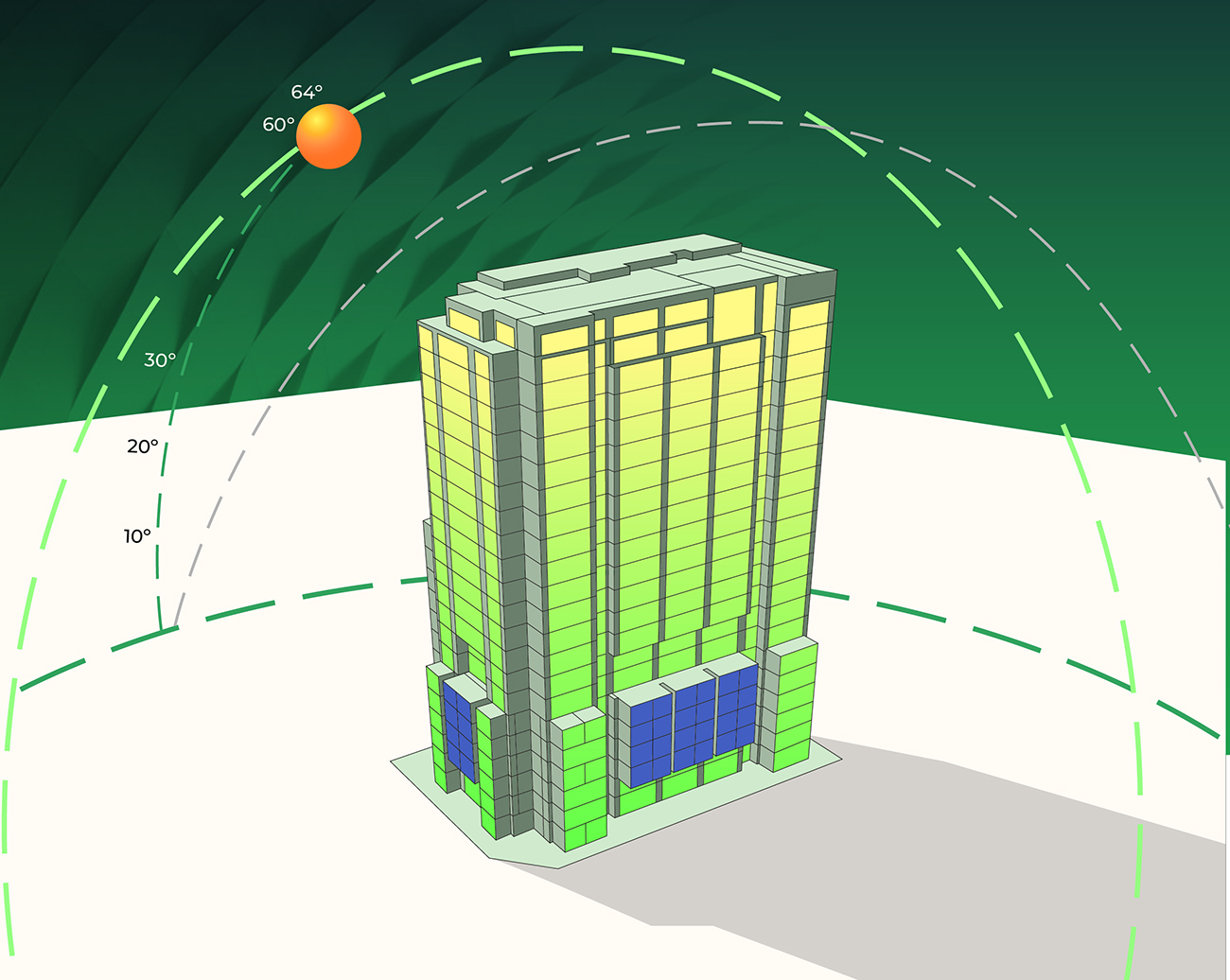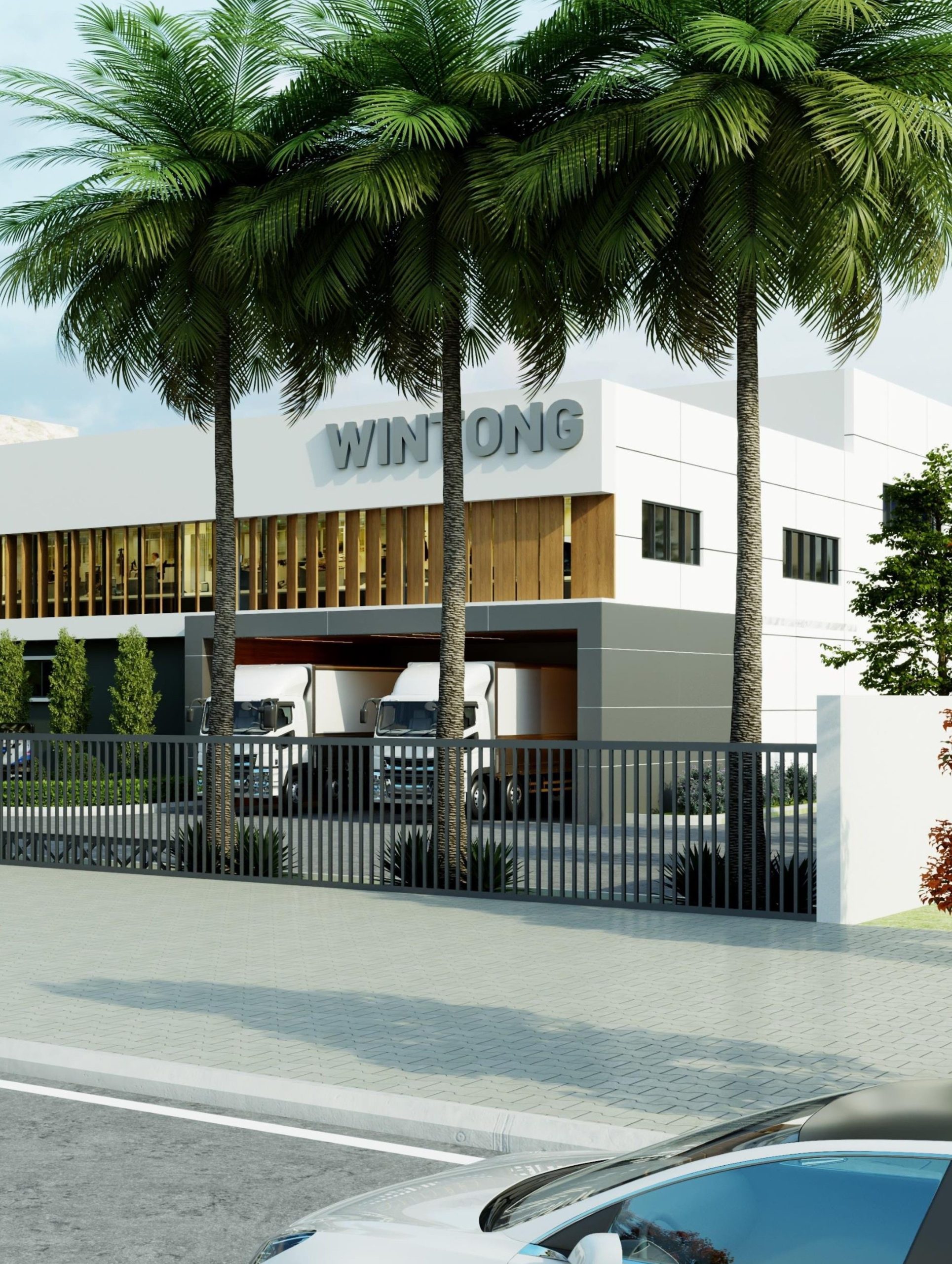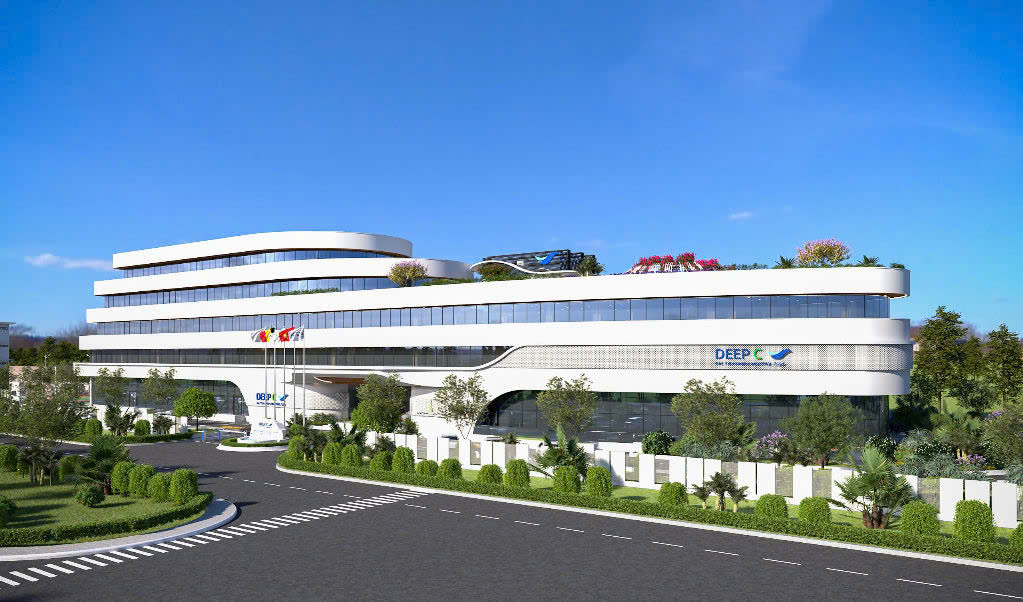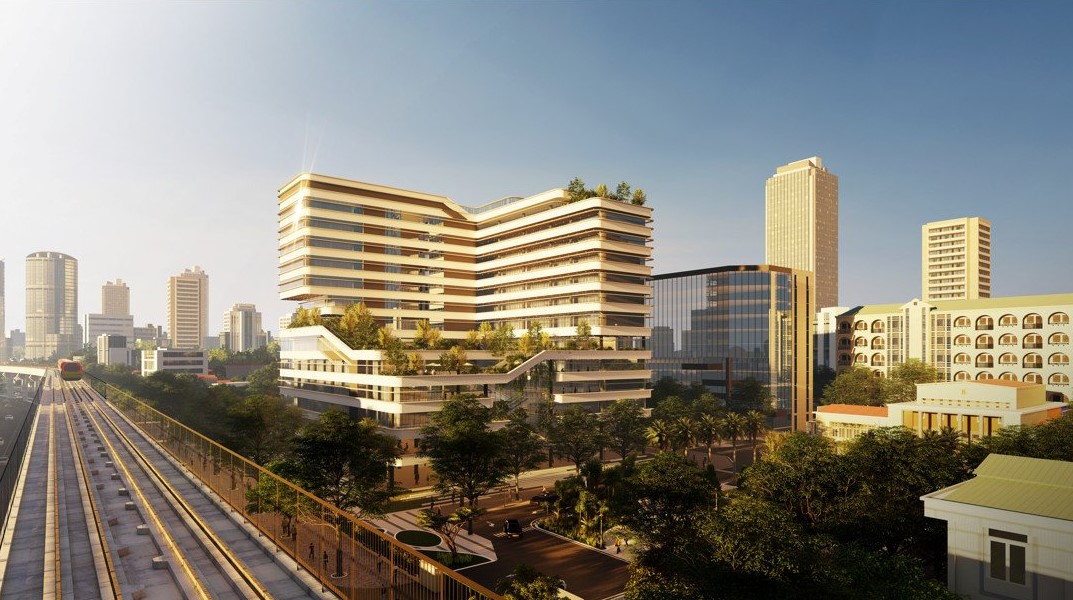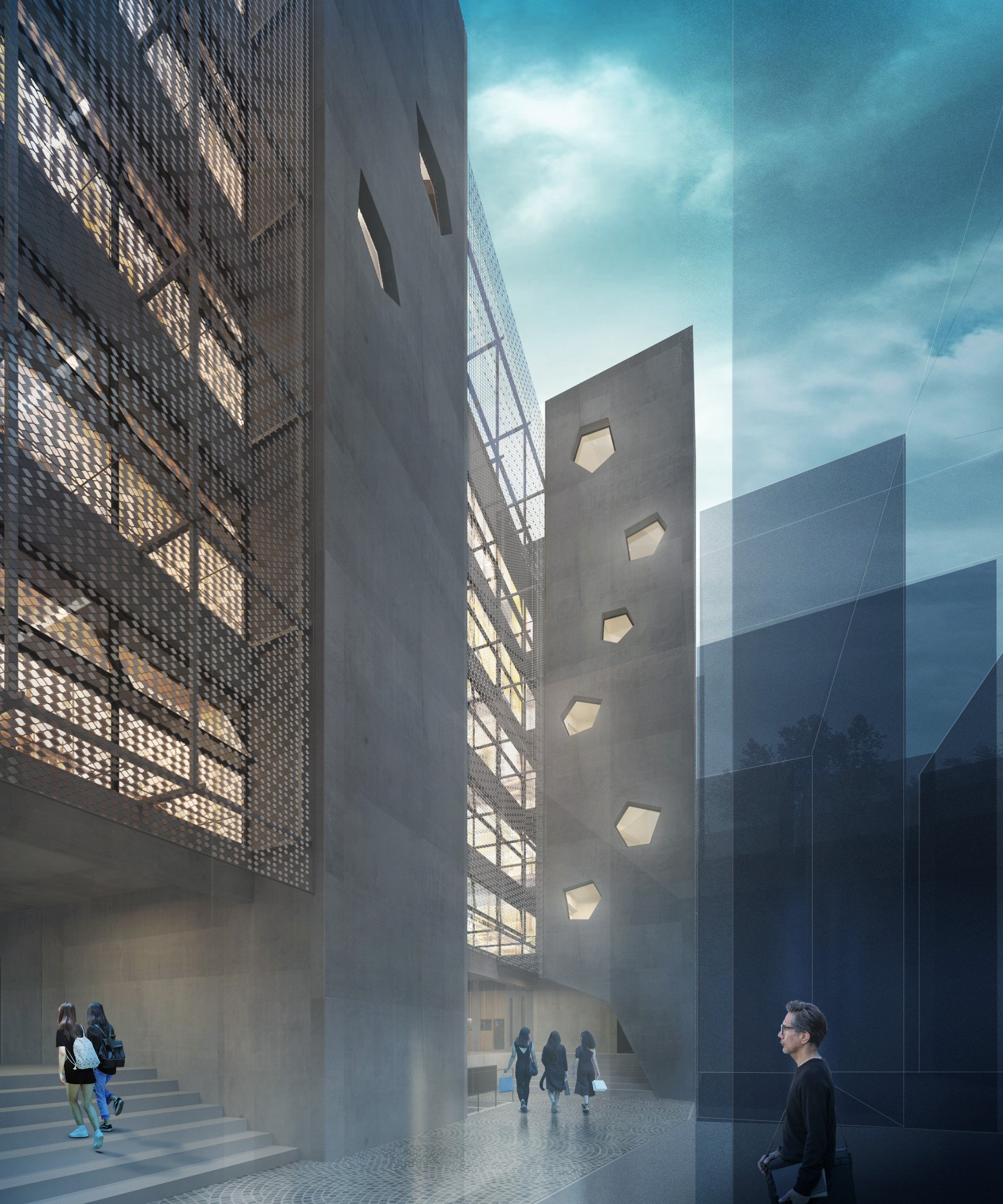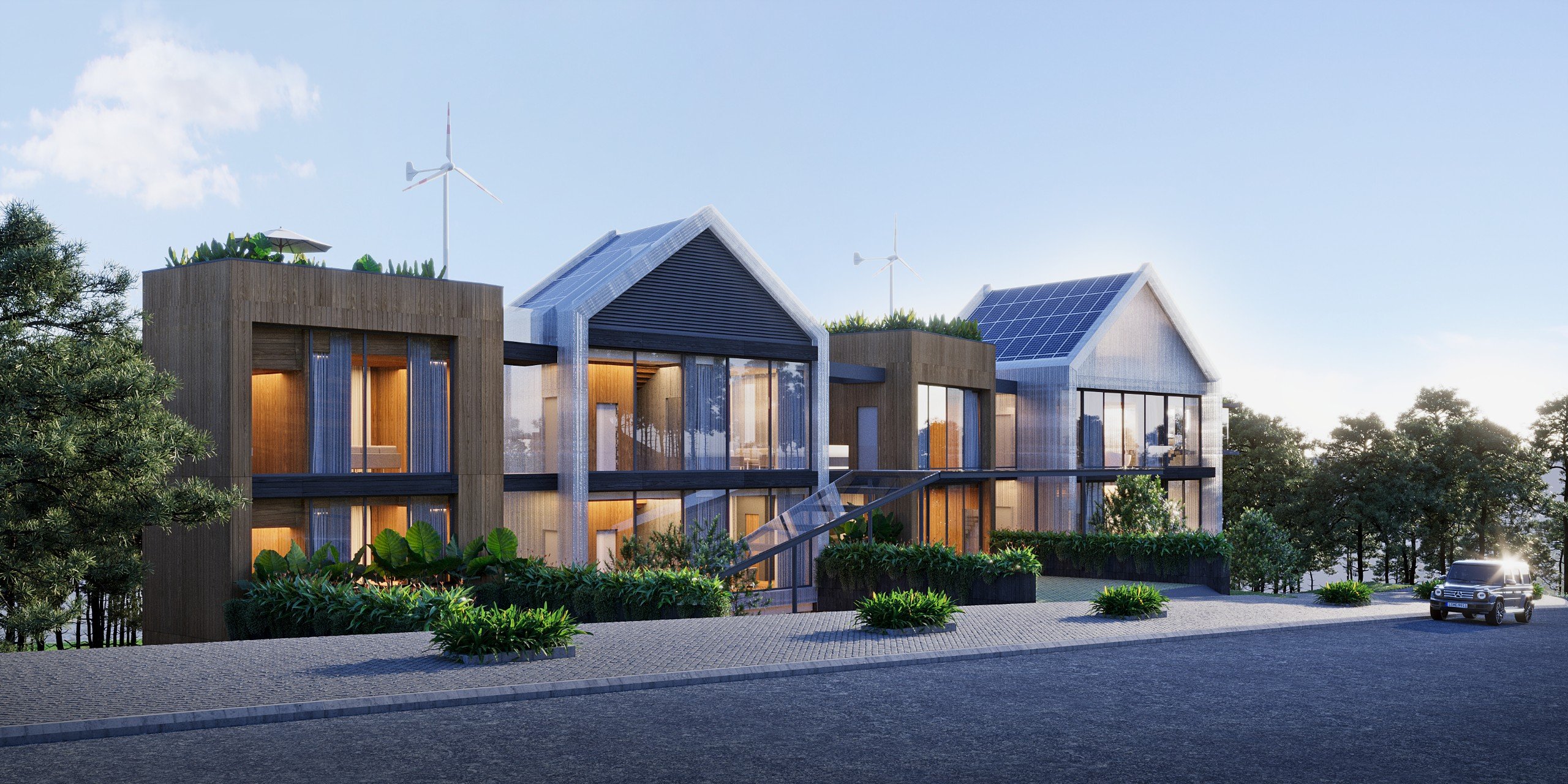There is a common belief that green buildings require a high initial investment. Through more than 10 years of consulting for dozens of projects, we realize that is not always the case in reality. Investors can achieve Green Building with no increase in investment costs coupled with superior quality and facilities efficiency.
A green building is designed to be environmentally friendly, using natural resources effectively while ensuring comfortable living conditions for inhabitants throughout its life cycle. It is an inevitable trend for people in the future. In Vietnam, over the past 10 years, various green building certifications have been seeing their popularity raising such as LEED of USA, Lotus of Vietnam, Green Mark of Singapore, HQE of France, or EDGE of IFC- World Bank. The evaluation criteria often focus on key goals such as energy efficiency, water efficiency, green materials, air quality and comfort, sustainable land, and innovative solutions as pictured below:
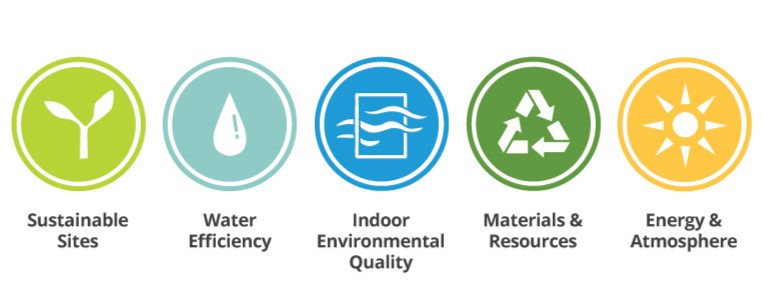
A question that always attracts professionals’ attention in this field is: « What is the necessary or additional cost to achieve Green building status? ». In reality, there is no precise answer to this question, as each building would require a different solution. What EDEEC would like to point out here, is that through more than 10 years of consultation for dozens of projects in Vietnam, we always noticed a considerable chance to get a building of superior quality with optimized, or even lower investment cost in comparison with the market’s average. This point has been proven through projects that EDEEC has successfully consulted: optimize the capacity of the technical system, save up to billions of Vietnam dong of investment cost, carefully calculate investment allocation between the building envelope and technical system, ensure a reasonable investment cost in total while maintaining comfort and energy consumption fee, reduce the operational cost considerably in comparison with common practices.
The environmentally friendly building industry in Vietnam is having a great opportunity to create more comfortable buildings with optimized, reduced, or insignificantly increased investment costs. In general, the design process in our country does not dedicate the right place to in-depth research and calculation of thermal and energetic factors yet. The practice of quickly deploying design following simple calculations leads to a lack of design quality control, especially in terms of thermal quality, the capacity of energy-saving, light, sound, and environmental friendliness characteristics. The common thermal capacity calculation consists only of the HVAC system’s checklist, whereas this capacity is often not thoroughly checked under different aspects, such as implementation process, calculation method, input data, temperature fluctuations in air-conditioned space, wind speed, and noise level… The simplification of calculation and loss control could easily lead to wasteful investment with uncertainty about investment efficiency, comfort, and noise… Currently, modern tools and calculation methods are not often used to determine technical systems and forecast energy efficiency and building comfort while the project is still in the design phase.
There is a significant opportunity to create more comfortable buildings with optimized or even lower investment costs in comparison with the market’s average.
The reduction of investment costs in energy-efficient and green buildings should begin with the search for optimization of energetic and technical systems, by applying updated design methods and processes.
The new processes require updated and accurate calculation tools, which have been already used in the sustainable development field in the world but not yet in Vietnam.
EDEEC uses an integrated design process and energy simulation tools to help investors and design teams make better decisions based on precise data.
EDEEC applies advanced digitalization techniques to simulate building operations and compare different design options and equipment, which fills the gap between technical and financial aspects and supports investors to make accurate decisions based on specific and detailed data, such as:
- Calculate the optimal capacity of HVAC system according to the cooling load of 8760h and the obtained energy efficiency. Make sure to get the highest energy efficiency with the lowest expenses for the technical system.
- Review building envelope and MEP system. Suggest optimal allocation of investment costs, and bring out the best result in terms of economy and energy.
- Control thermal comfort, natural lighting, natural ventilation, and noise based on 8760h for each space.
- Calculate precise pay-back time for each energy efficiency option. Support to select the optimal one.
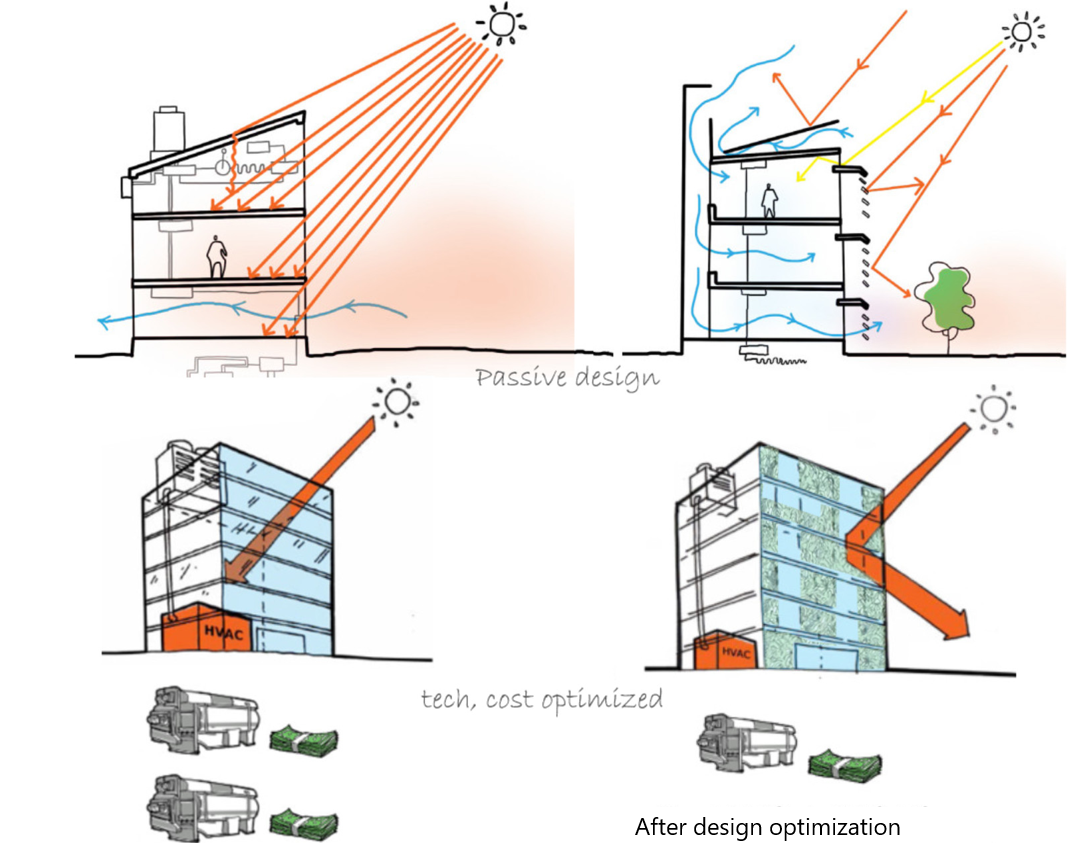
Grey matter combined with modern tools could compensate for investment costs in even the most expensive technical system and help generate great savings thanks to the optimization of the design. That is exactly what EDEEC has been realizing through actual projects over the past 10 years.
Read more
Designing Most Energy-Efficient Buildings Without Increasing Costs -(Part 1) (Part 2) (Part 3)
-Oversized AC system – Bigger is not always better
